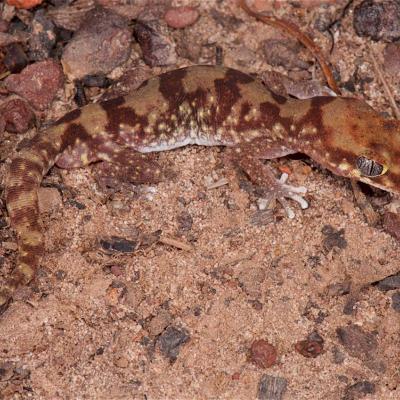
At the time of reporting there were 55 threatened species known, or likely to occur, in the Darwin study area. Of these 55, two threatened animal species (the Yellow-snouted Gecko and the Alligator Rivers Yellow Chat) have more than 50% of their known distribution within the case study area, and have been used as examples for this case study. At the same time, it has been identified that the case study area contains significant areas of land suitable for a wide range of agricultural crops. Soybean is one crop for which there is strong investor interest, and as a broadacre crop requiring scale to develop as an industry, is used as an example here.
The aim is to ensure that any new cropping development in the area will occur with least impact on threatened species. Additionally, approval processes will be easier where minimal impact on threatened species can be shown.
This case study draws together information to enable analysis of the compatibility of agricultural production and species conservation and identify the scale and location of opportunities to pursue production whilst maintaining conservation objectives.
Interrogation of both agricultural and threatened species databases showed it is possible to determine those areas of the study area where agricultural development might occur in a way with least risk of adverse impact to these two example species.
This examples provided in this case study do not seek to replace formal government land use and conservation planning processes. They are designed to show how government can maximise its use of data assets from multiple sources, integrating them in ways which can provide policy insights.
Note: this case study looked at limited species (based on one of many possible variables) and only considered direct overlap of agricultural expansion footprint with species distribution models, i.e. it does not consider indirect or associated /facilitated impacts such as loss of connectivity between areas of species habitat, changes to hydrological regimes (ground and surface water), fertiliser / pesticide use etc. and the introduction of environmental weeds and feral animals.




